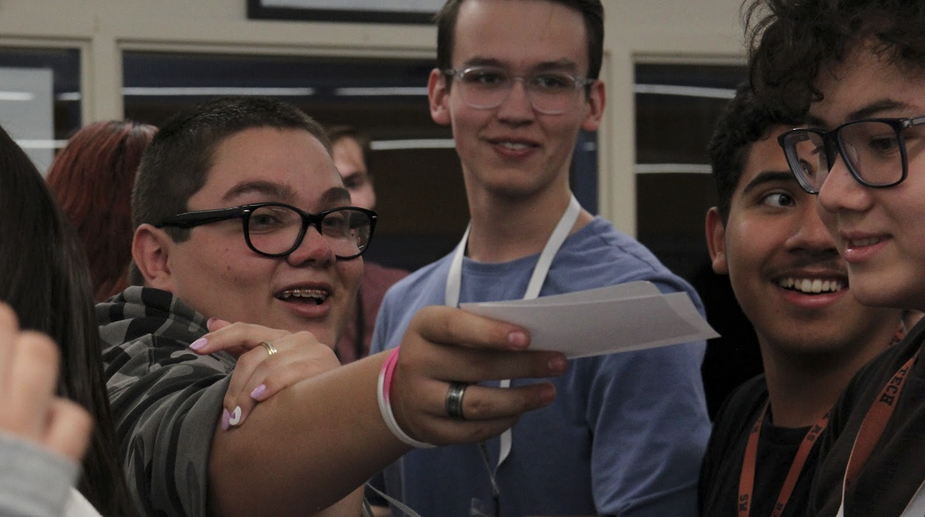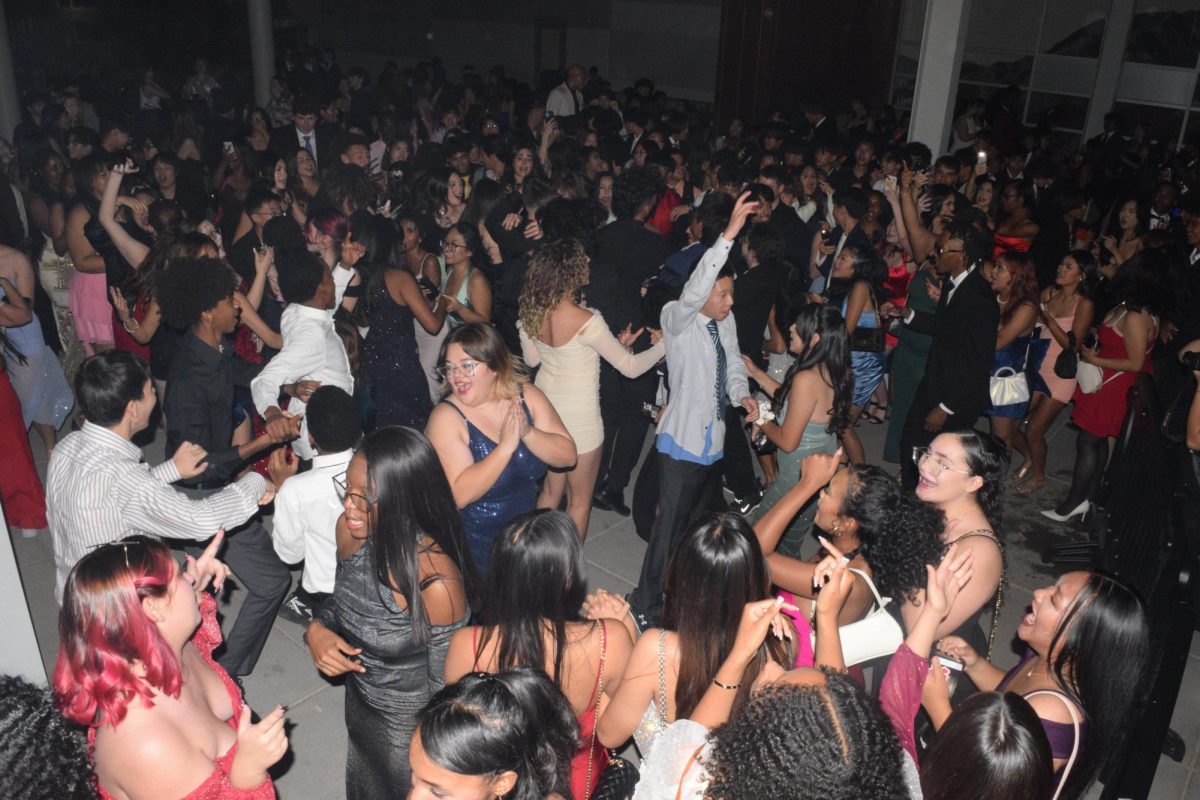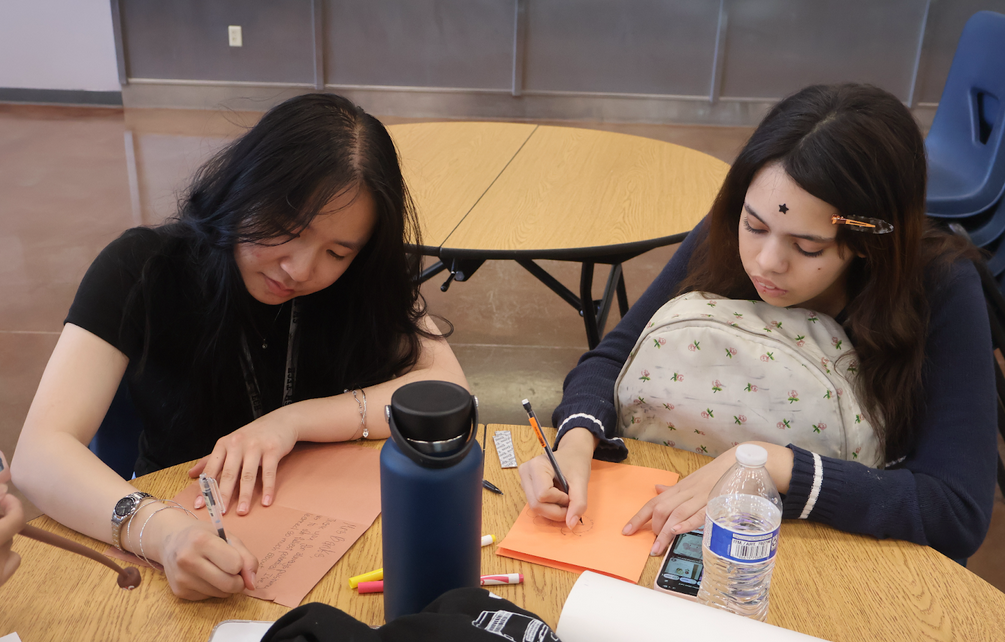As part of the Baking & Pastry curriculum, students have begun exploring the techniques for designing cakes.
“I love learning the fundamentals of how to do something, so this unit is perfect for me,” senior Maria Flor Bordinhon said. “The most important skills that Chef has [taught] us so far were the order of the [decoration] flowers and the writing [on the cake]. I want to be a chef when I grow up and I actually do have my own catering business right now, so I feel that learning these skills now can add to more things that I can do in my future.”
In previous years, students were allowed to create and decorate their cakes as they wished. However, this is no longer the case to ensure that all the steps are being done properly.
“I’ve iced hundreds, if not thousands of cakes, so I know all the little steps that can either make or break the cake,” Baking & Pastry teacher Chef Michael Hadobas said. “It’s something that varies per class, but this year I want my students to have a basis in the piping before we get to the cakes, which is why we are practicing on parchment paper right now. Overall, I want to focus on the cakes being uniform and neat, rather than everyone doing their own stuff.”
By learning these basic piping hand movements, it has improved the class’ cake decorating abilities.
“I’ve been making baked goods like cakes for a long time now,” junior Addison Marsh said. “But, decorating was the part that I’ve always struggled with and it turned out messy almost every time. So, it’s been cool learning how to work with different icings and make all those interesting patterns on the cake from Chef Hadobas.”
Solidifying these critical skills will lay the foundation for future units in the class.
“What we’re working on now definitely builds on as the year progresses,” Hadobas said. “For example, we’ll be doing egg foam cakes again in our European cake unit. The cakes we make all year round will all have meringues on them, so having an understanding of how to do these concepts and even just the small technical skills like how to ice a cake or how to level a cake can make life easier as we progress.”
Despite the learning curve, Hadobas’ goal is to help students discover that culinary goes beyond the technical skills.
“Not everything you do is going to turn out exactly how you want it the first time,” Hadobas said. “But, with enough patience and having an eye for your design, you could take a cake that looks like it’s been destroyed and make it look like it’s worth a thousand bucks. When you’re out in the real world, customers are going to want something different, so you need to know how you can make it to their liking.”

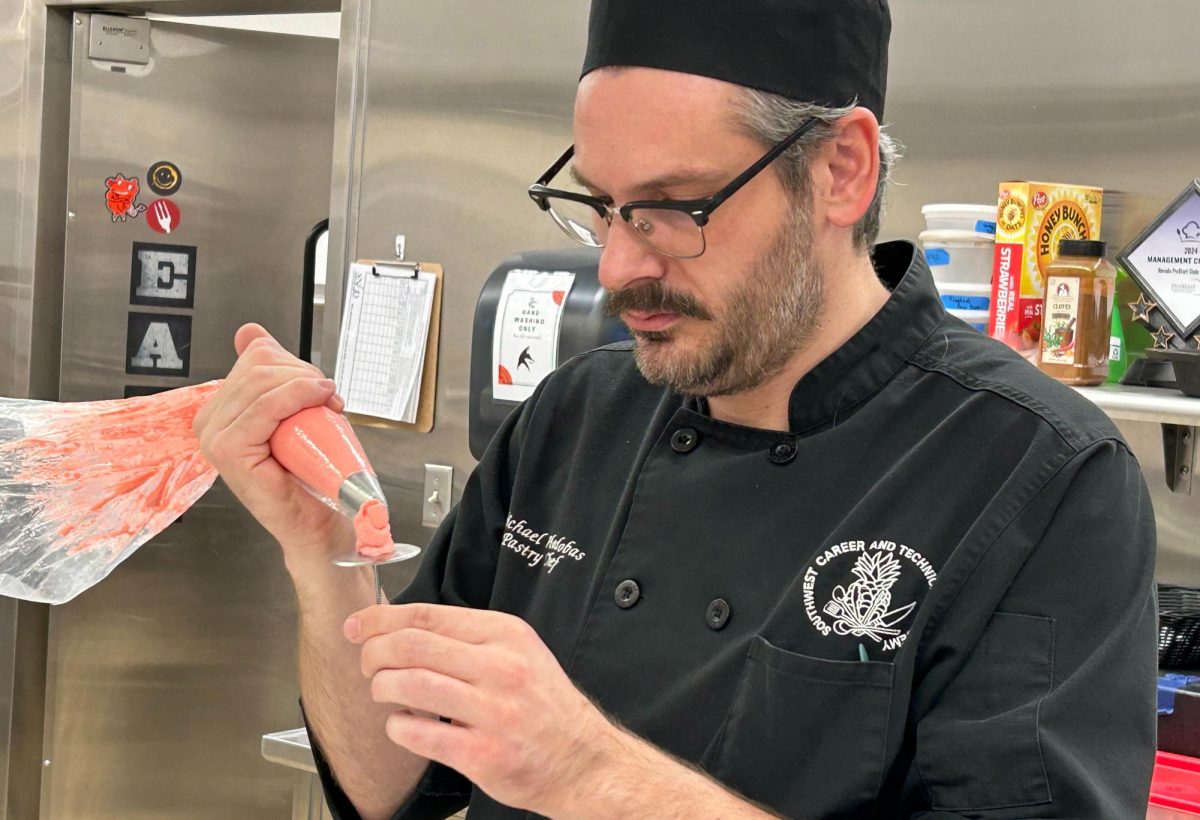
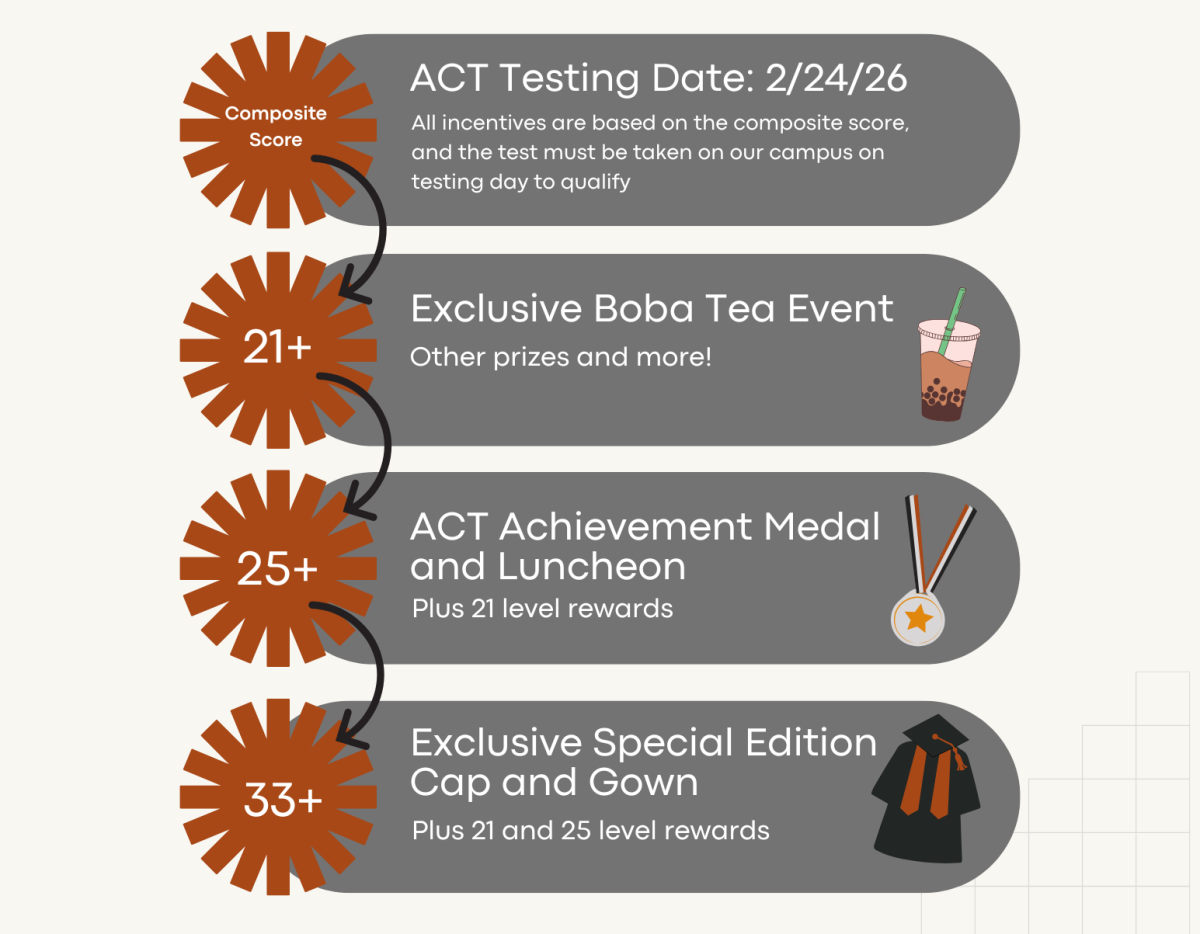
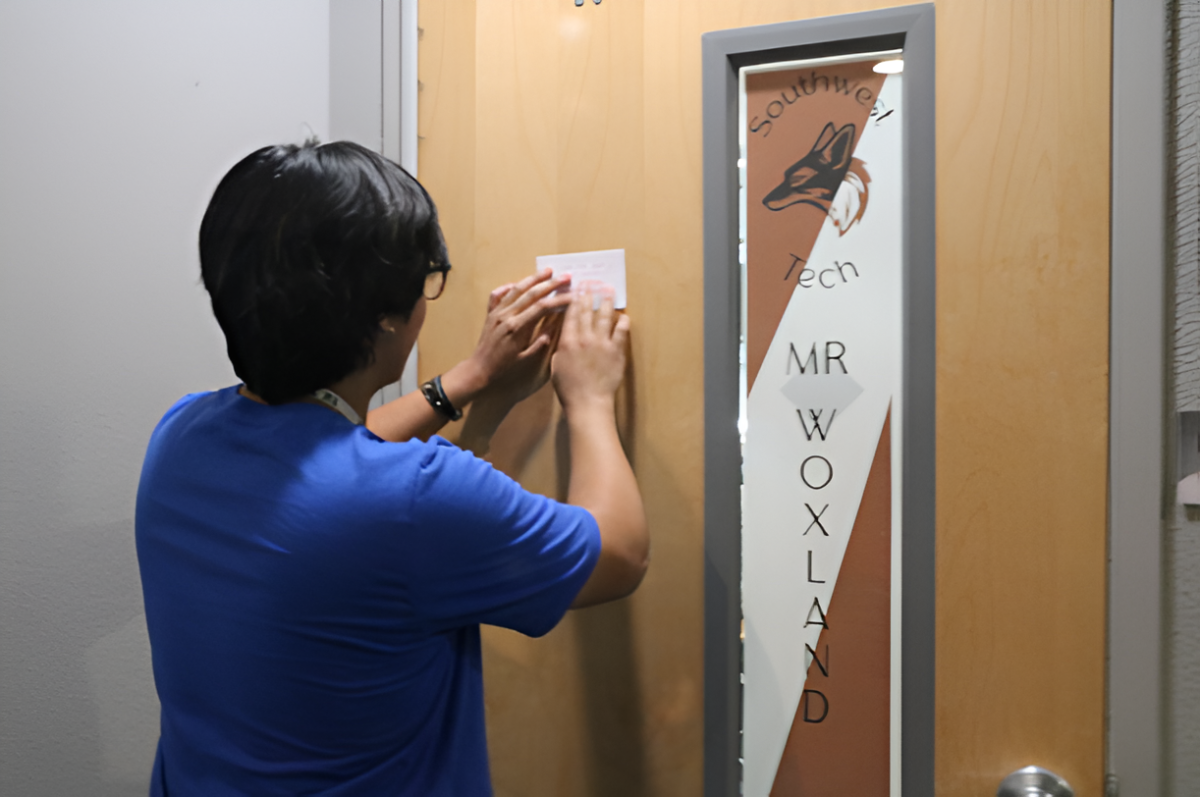
![Practicing the basic skills of nursing, sophomore Natalia Yancey gets her heartbeat checked with a stethoscope. Sophomore nursing students reviewed skills from freshman year. “I’ve always wanted to be in the medical field; it’s been my dream forever,” Yancey said. “Doing [practice skills] so early on is not only an amazing opportunity, but it helps me to prepare for my future.”](https://southwestshadow.com/wp-content/uploads/2025/10/IMG_9843-1200x800.jpg)
